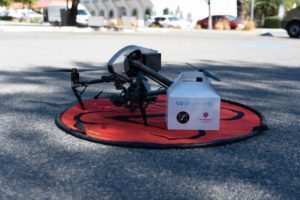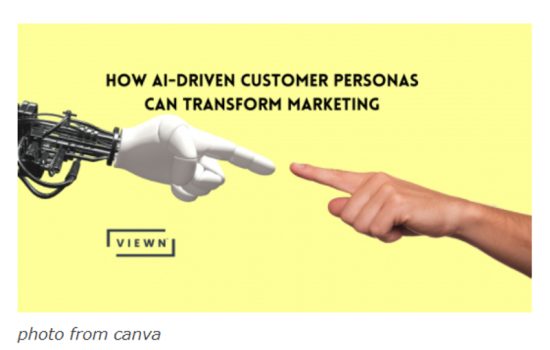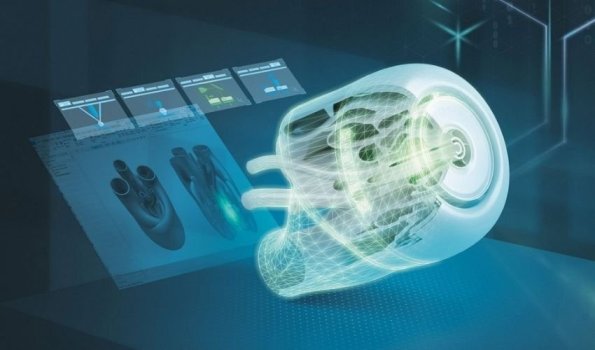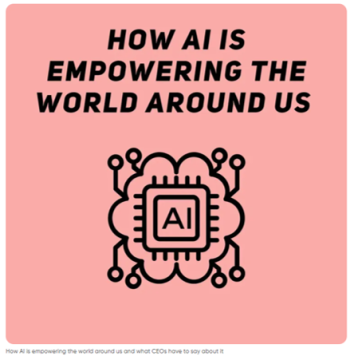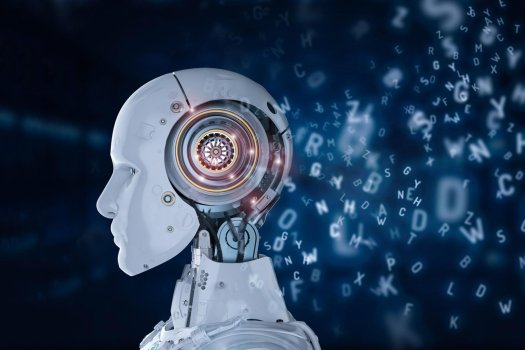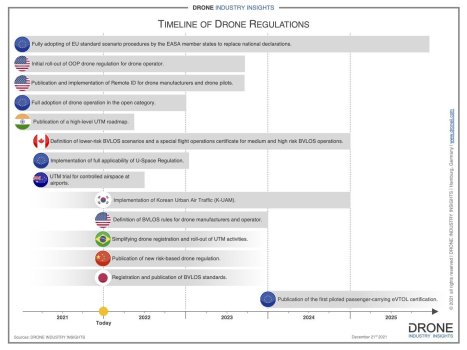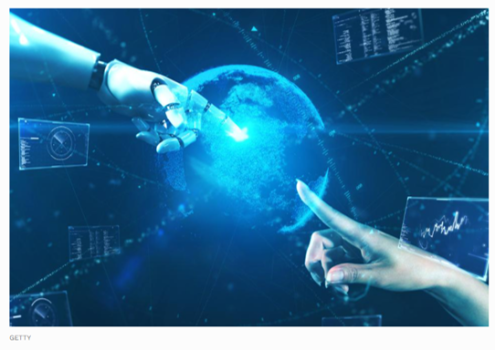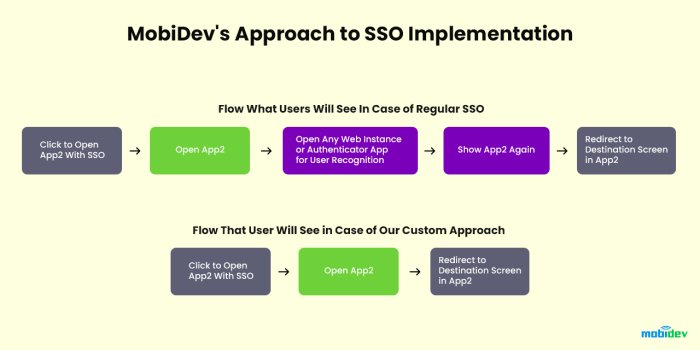Drone Delivery Start-Up Zing: Taking the Uber Model to the Sky
- Technology Solutions
- 0 Replies
Everyone is familiar with delivery services such as Door Dash and Uber Eats, which allow consumers to order deliveries of food by accessing an app on their smart phone. Now, a small Florida-based start-up company is hoping to offer the same service nation-wide, featuring delivery by drone.
Zing Drones is gearing up to train potential Part 107 pilots in the use of the company’s winch technology developed for use on DJI Inspire 2 drones. At the outset, Zing will employ its own pilots to fly company-owned drones, with the ultimate goal of enlisting private drone pilots who will act as independent contractors, using their own drones to make deliveries, Ian Annase, Zing Drones founder and CEO, said.
Annase said the company plans sometime next year to hire a regional flight manager to begin the training process. As the company expands its operations into different U.S. cities, additional flight managers would be hired.
“We want the pilots to go through some training with Zing before they start flying with us to make sure they know how to operate the winch,” he said. “The pilots, if they have an Inspire 2 — that’s our go-to drone for home delivery — we would be able to attach our piece of hardware to it.”
Once trained, these pilots would then fly on fixed schedules, determined by the flight manager in their respective areas.
Continue reading: https://dronelife.com/2021/12/26/drone-delivery-start-up-zing-taking-the-uber-model-to-the-sky/
Zing Drones is gearing up to train potential Part 107 pilots in the use of the company’s winch technology developed for use on DJI Inspire 2 drones. At the outset, Zing will employ its own pilots to fly company-owned drones, with the ultimate goal of enlisting private drone pilots who will act as independent contractors, using their own drones to make deliveries, Ian Annase, Zing Drones founder and CEO, said.
Annase said the company plans sometime next year to hire a regional flight manager to begin the training process. As the company expands its operations into different U.S. cities, additional flight managers would be hired.
“We want the pilots to go through some training with Zing before they start flying with us to make sure they know how to operate the winch,” he said. “The pilots, if they have an Inspire 2 — that’s our go-to drone for home delivery — we would be able to attach our piece of hardware to it.”
Once trained, these pilots would then fly on fixed schedules, determined by the flight manager in their respective areas.
Continue reading: https://dronelife.com/2021/12/26/drone-delivery-start-up-zing-taking-the-uber-model-to-the-sky/

